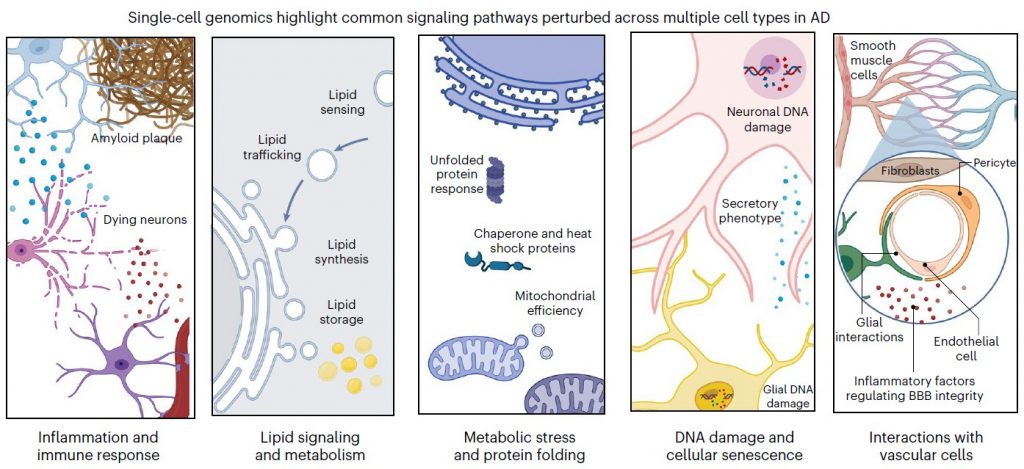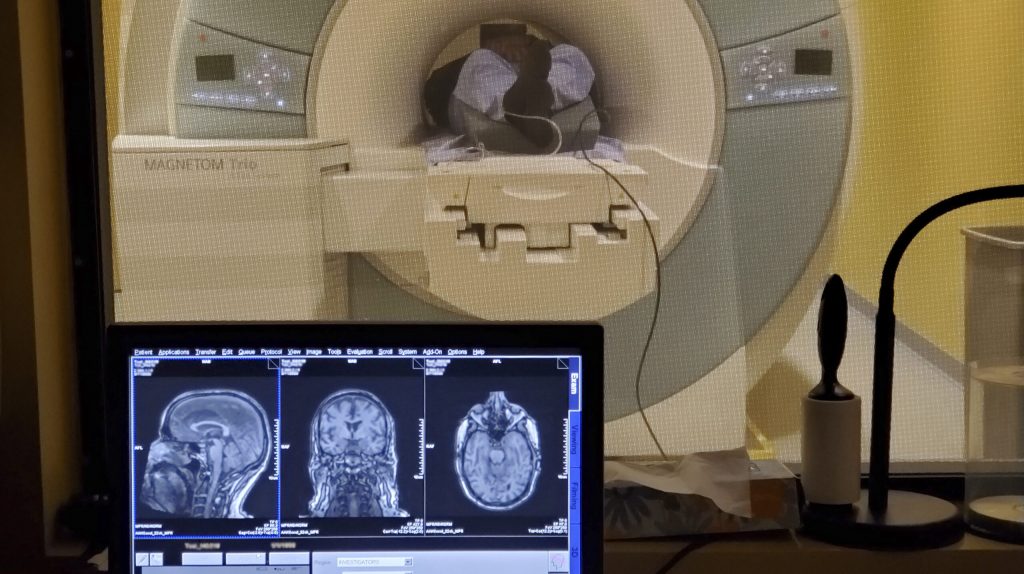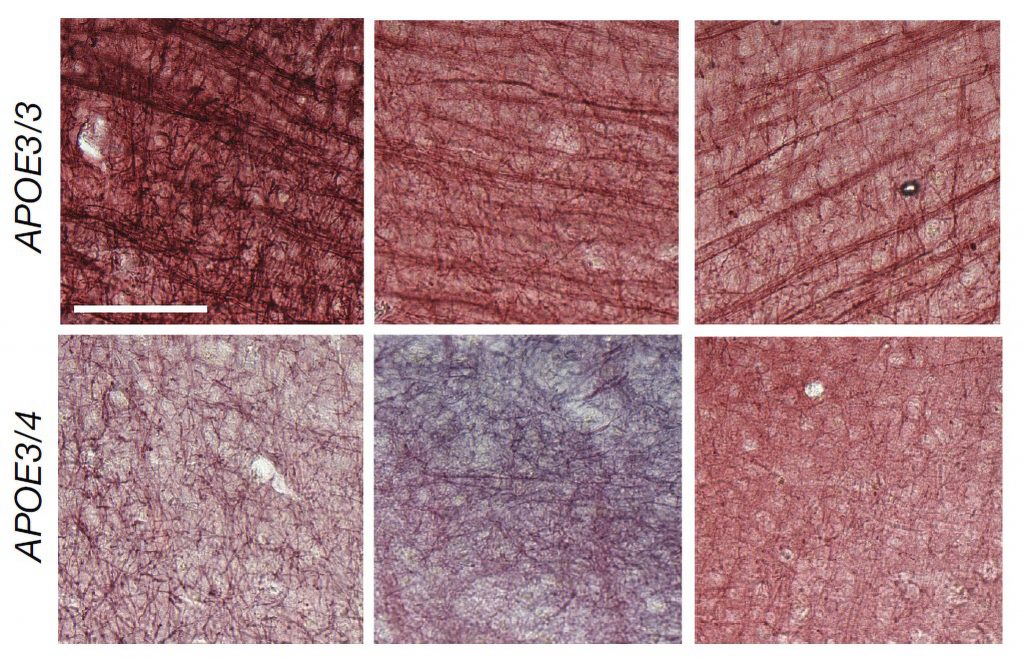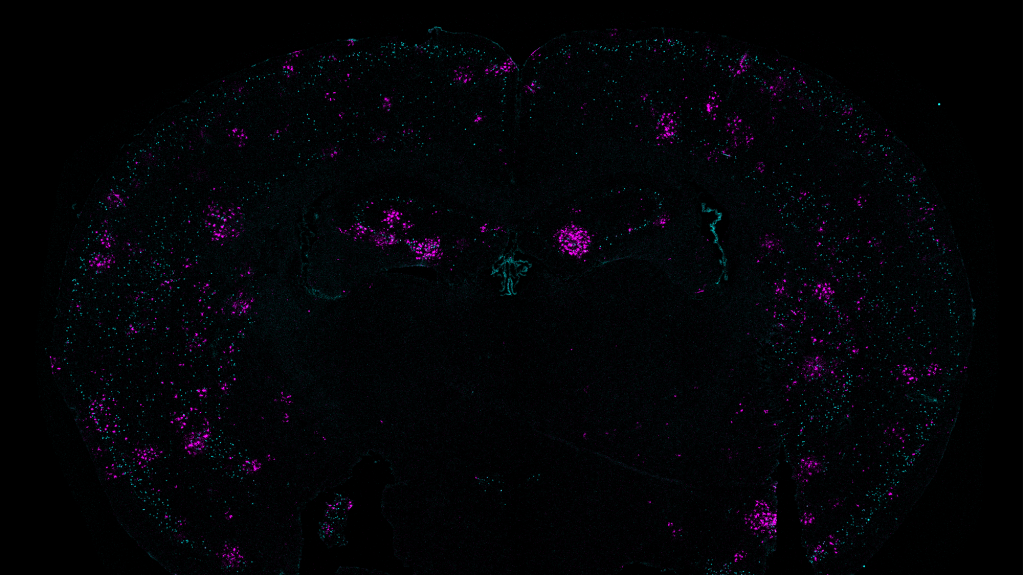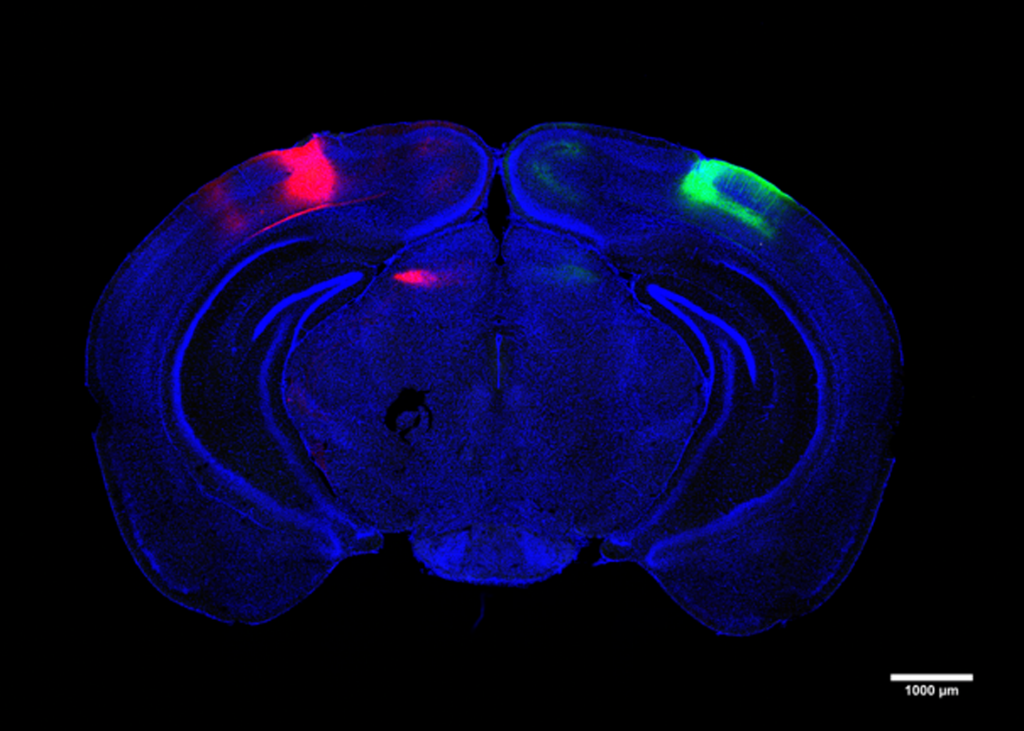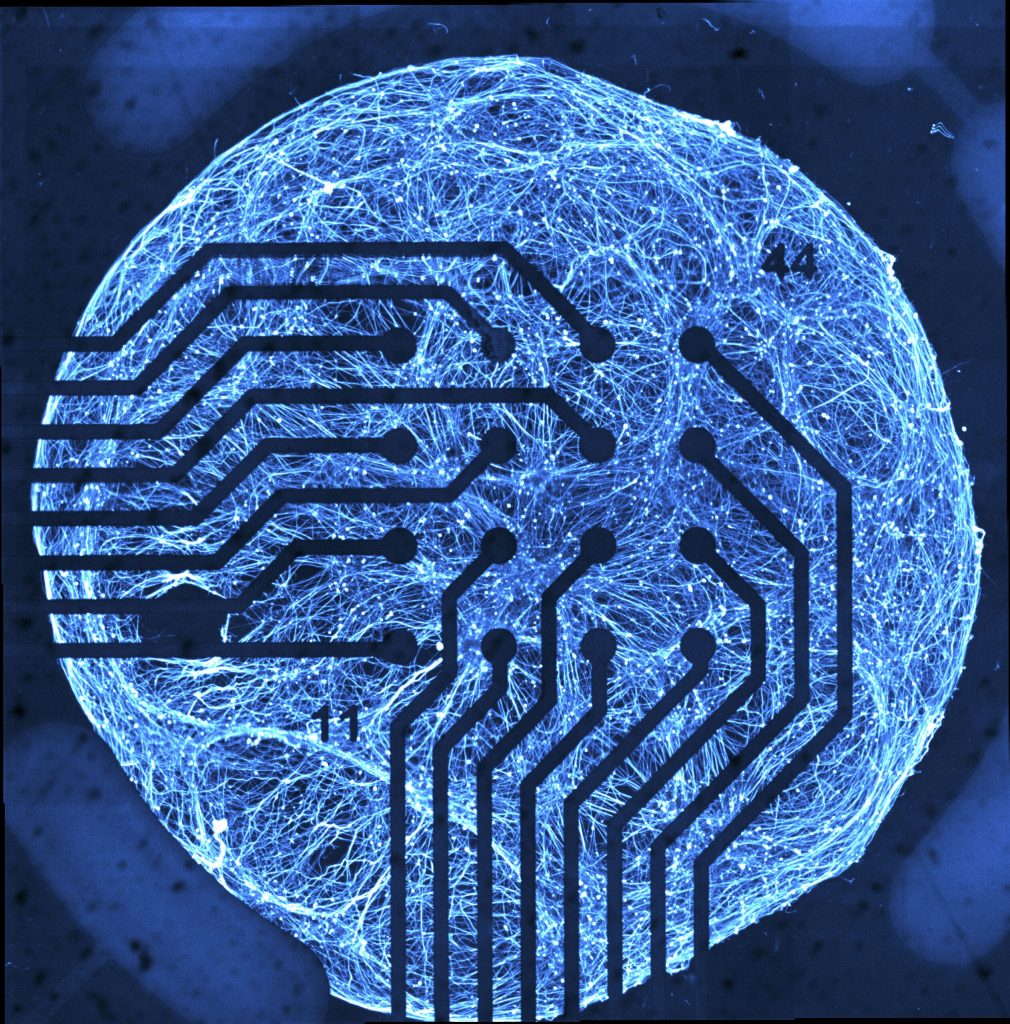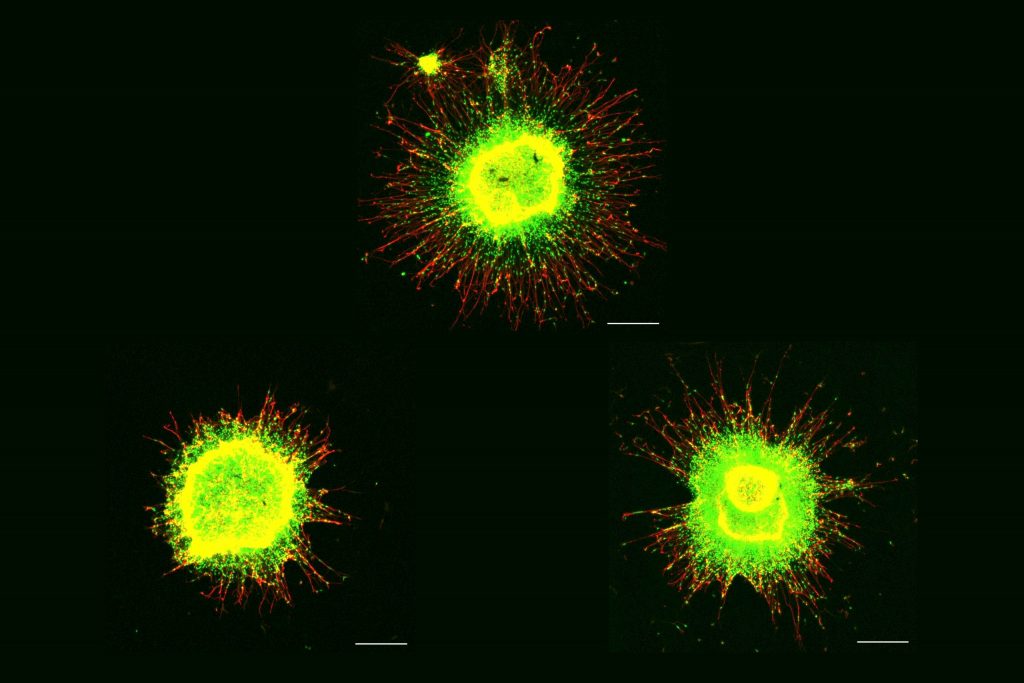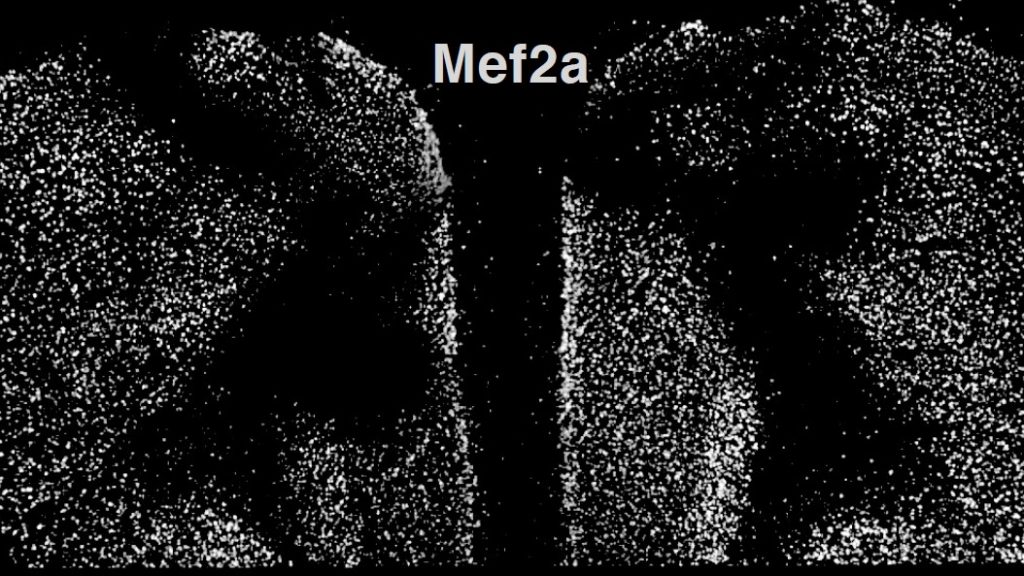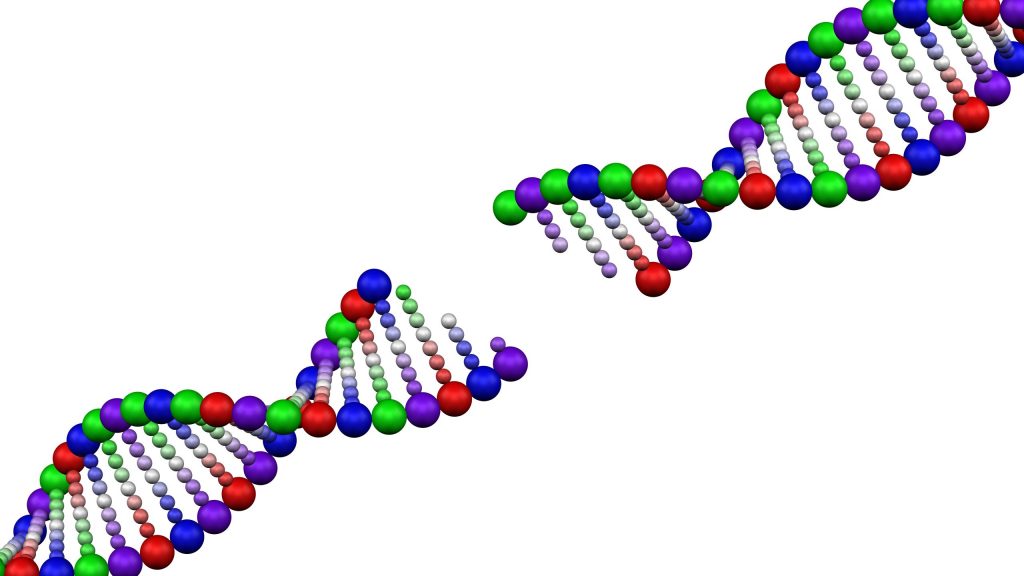‘Single-cell profiling’ is helping neuroscientists see how disease affects major brain cell types and identify common, potentially targetable pathways After decades of fundamental scientific and drug discovery research, Alzheimer’s disease has remained inscrutable and incurable, with a bare minimum of therapeutic progress. But in a new review article in Nature Neuroscience, MIT scientists write that by employing …
